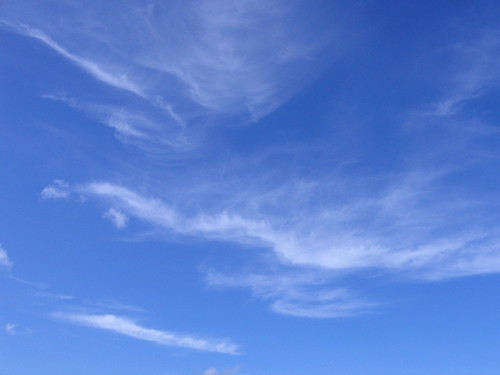july-august 2009

BEING
THERE.
One Day Sculpture: An International Symposium on Art, Time and Place
26th-28th March 2009
Wellington, Aotearoa New Zealand
In the late summer I was fortunate to be able to combine a visit to a friend on New Zealand’s Kapiti Coast with attendance of the One Day Sculpture symposium in Wellington. Conceived by the Litmus Research Initiative within the Massey University School of Fine Arts and creatively directed by UK-based curator Claire Doherty, the One Day Sculpture project was a one-year program of twenty temporal public works by local and international contemporary artists staged across the North and South islands. Lasting more or less twenty four hours each, the projects were realised Cuckoo-style (1), commissioned in partnership with a suite of institutions including museums, public and artist-run galleries and thereby nesting into a wide range of organisational resources. Instrumental to the accompanying discursive program – together with public discussions, responsive critical texts and a rich website of documentation and recommended reading – the symposium was held over two days at the Museum of New Zealand Te Papa Tongarewa. It featured a dynamic range of local, regional and international critics, academics, curators and practitioners and was timed to coincide with the presentation of two of the One Day Sculpture projects in Wellington.
I’d been drawn to attend by the dynamic structure of parallel session streams – academic papers, close text readings and project case studies, bracketed by keynote and positioning papers and panel discussions – from which delegates could fashion their own symposium experience according to their leanings. Mine were toward the strong foregrounding of practitioner voices via the project case study sessions with One Day Sculpture participating artists. This composite structure suggested a malleability running counter to my prior experience of contemporary arts forums – though this was the first time I’d been at a symposium as a delegate, not before having been able to afford the cost of registration fees or loss of paid work time. Conferences and symposia tend to privilege arts industry professionals over producers, being typically staged on weekdays, when institutions can despatch their employees to attend in work time in continuance with paid work duties. Showing up on my own money and my own terms, my experience of the symposium was of an abundant, stimulating but ultimately overwhelming program that left me musing on some reverberating motifs of expectation, interjection and locality. And the distinct gaps between situated and secondary viewing and the specialised research community of contemporary art and the real live world. Continue Reading »